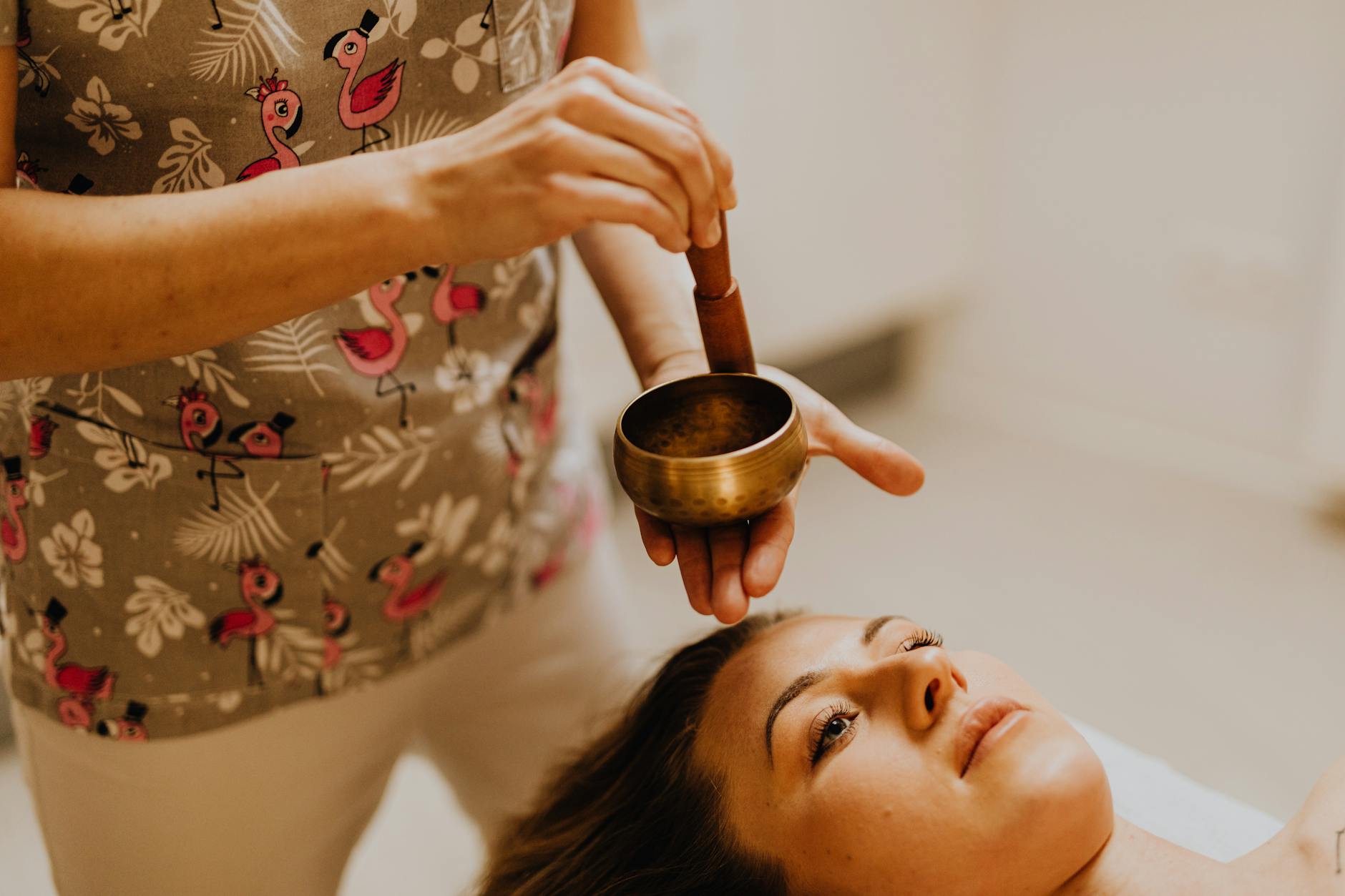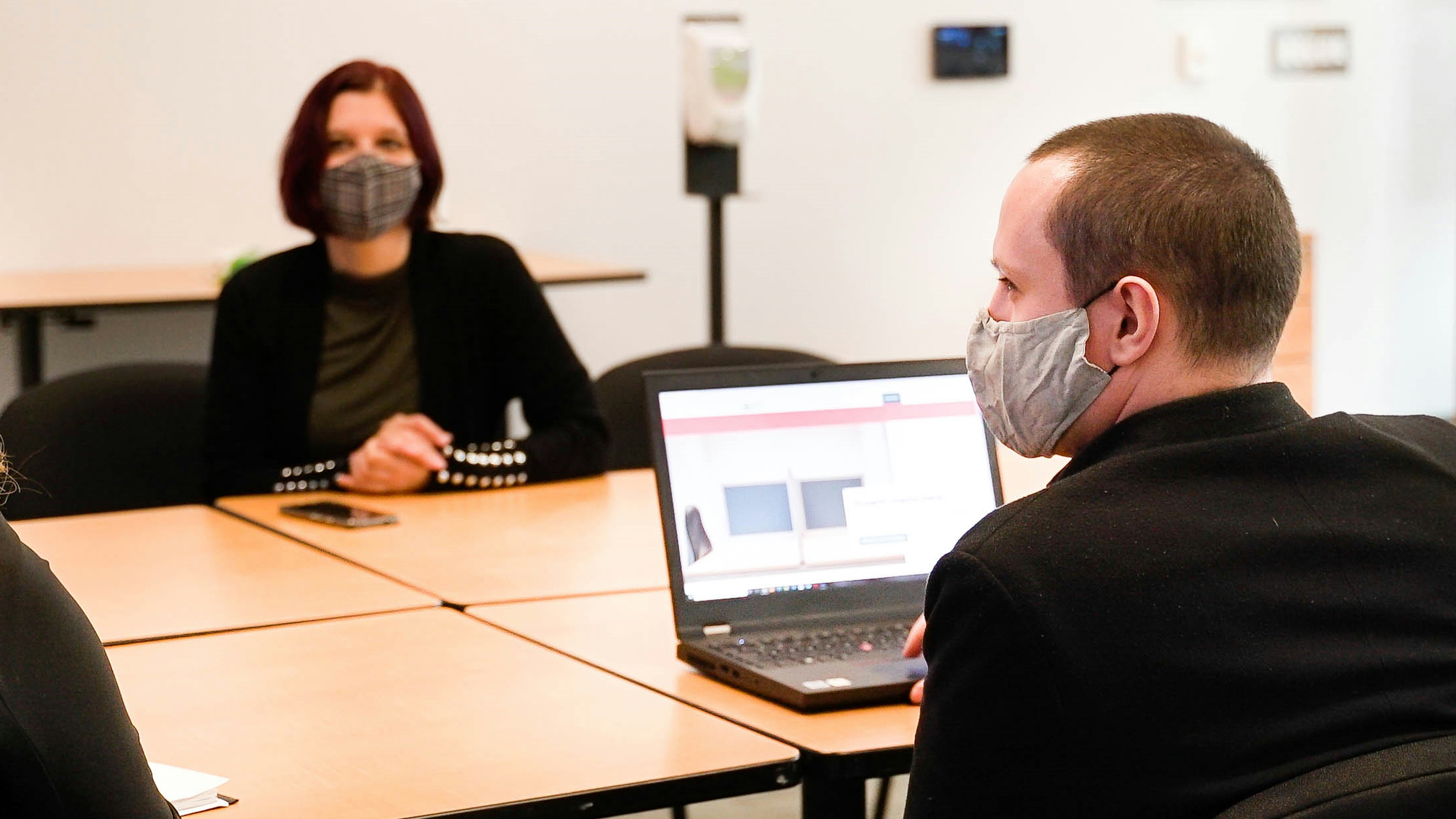If clinking dishes, traffic, or your child’s laugh feel painfully loud, you’re not “too sensitive.” You’re experiencing hyperacusis—reduced tolerance to everyday sound—and you can improve it. With the right plan and support, most people expand their comfort zone again, return to the places they miss, and dial down fear around noise.
What hyperacusis is (and isn’t)
Hyperacusis is an increased sensitivity to sound. Everyday noises provoke discomfort, pain, or distress well below levels that are typically bothersome to others.
- Hyperacusis: Sounds feel too loud or even painful. Often co-occurs with tinnitus and sometimes follows noise exposure, head injury, migraine, or stress.
- Misophonia: Emotional/behavioral reactions (irritation, anger) to specific trigger sounds like chewing or tapping. Loudness may be normal; the reaction is the problem.
- Loudness recruitment: Common with sensorineural hearing loss—soft sounds are hard to hear, but loud sounds “jump” to too loud quickly. Treatment usually focuses on precise hearing aid fitting and counseling.
You can have one, two, or all three. An audiologist can help sort this out and tailor treatment.
Why it happens
The leading theory is “central gain.” When the ear or brain perceives reduced input (from hearing loss, noise injury, or even overuse of earplugs), the brain turns up internal volume to compensate. Helpful in silence, unhelpful in the real world. Stress, anxiety, poor sleep, chronic pain, migraine, and jaw/neck tension can amplify the system further.
Good news: Brain gain is adjustable. With gradual sound exposure, supportive counseling, and smart protection, sensitivity can recalibrate.
First steps and red flags
Consider a medical and hearing evaluation, especially if your symptoms are new or changing. Seek urgent care if you notice:
- Sudden hearing loss (over hours to a few days)
- One-sided hearing changes with severe vertigo
- New pulsatile tinnitus (whooshing heartbeat sound)
- Ear pain with fever or drainage
Otherwise, an audiologist experienced in sound tolerance disorders is a great starting point. They can measure loudness discomfort levels (LDLs), check your hearing, and help plan safe, progressive therapy.
The core of treatment: retrain, don’t retreat
Hyperacusis treatment is about nudging your auditory system toward normal—not forcing it and not hiding from life. Here’s the framework most evidence-based programs follow.
1) Calibrate hearing protection (avoid overprotection)
Constant earplug use can backfire by making the world seem even louder when you remove them. Instead:
- Reserve protection for truly hazardous sound (e.g., power tools, concerts, stadiums) or unavoidable spikes.
- Choose high-fidelity musician plugs (custom or universal) that dampen evenly without muffling speech.
- Aim for “comfortable exposure” at home and work—quiet enough to feel safe, but not silence. If you’re wearing protection most of the day, that’s a sign to reassess with an audiologist.
2) Gentle sound enrichment
Feed the auditory system a steady diet of low-level, neutral sound to reduce central gain.
- Use soft ambient sound: a tabletop speaker with pink noise, rainfall, or a fan at a barely-there level you can ignore.
- Keep enrichment on for many hours daily, especially in quiet environments (work-from-home, reading, errands in a quiet car).
- If you wear hearing aids, your audiologist can enable sound generators or adjust settings to soften the contrast between quiet and everyday sounds.
3) Gradual exposure: build a sound ladder
Progress comes from systematic, repeatable exposure—not heroics. Create a “ladder” of situations from easy to challenging and climb it methodically.
- List 10–15 sounds/places that bother you, from least to most difficult (e.g., soft kitchen clatter → grocery store at off-peak → cafe → family dinner).
- Start below your current limit. Spend 10–20 minutes in that setting daily or most days.
- Keep your baseline anxiety ≤ 4/10. If higher, reduce time or volume, or take micro-breaks (step outside, breathe).
- Repeat exposures until that rung feels routine. Then move up one step.
- Log your sessions. Small, steady wins beat sporadic big pushes.
4) Cognitive-behavioral tools (CBT) to dial down threat
When the brain tags sound as dangerous, it amplifies it. CBT helps you reframe the meaning of sound and calm the body.
- Breathing and grounding: 4-6 slow breaths, feel your feet on the floor, relax the jaw and shoulders.
- Reframe: “This sound is safe. My system is over-alert right now. I can handle a few minutes and it will ease.”
- Attention shifting: focus on a visual detail, a conversation, or a scent—anything outside the sound.
- Consider short-term CBT or acceptance-based therapy with a clinician who understands tinnitus/hyperacusis.
5) Support the system: sleep, stress, and migraine care
Poor sleep and stress sensitize the nervous system. Consistent sleep, hydration, gentle exercise, and paced days help. If you have migraine, TMJ/jaw tension, anxiety, or PTSD, address these with your healthcare providers; improvements often reduce sound sensitivity too.
6) Partner with an audiologist
An audiologist can:
- Assess hearing and LDLs to set safe exposure targets.
- Program hearing aids or wearable sound generators when appropriate.
- Coach you through setbacks and adjust the plan.
- Coordinate care with your primary care clinician, ENT, or mental health provider when needed.
What about medications and procedures?
There’s no FDA-approved medication specifically for hyperacusis. Short-term use of anxiolytics may blunt distress for some but can carry dependence and rebound risks; discuss pros and cons with your clinician. Antidepressants can help when anxiety or depression is significant. Injections, surgeries, or “nerve cuts” are not standard care for hyperacusis. The best evidence supports education, sound therapy, and CBT-style approaches, often integrated with tinnitus care when tinnitus is present.
How long does recovery take?
Many people notice early wins in 2–6 weeks (e.g., easier dishwashing, more comfortable car rides). Meaningful, durable change typically accrues over 3–6 months with daily practice, and continues improving over 6–12 months. Expect plateaus and occasional flare-ups after big days or illnesses—these are part of the process, not failure.
Everyday strategies that make life easier
- Plan your environment: choose off-peak hours, sit away from speakers, ask hosts to lower music slightly.
- Carry smart protection: musician earplugs on your keychain for unpredictable spikes. Use them sparingly and intentionally.
- Create micro-rest breaks: step outside for 2–3 minutes between exposures to reset.
- Use a simple dB meter app to learn your soundscape. As a rough guide, prolonged exposure above about 85 dB warrants protection; brief peaks are okay if overall time is modest.
- Practice jaw and neck relaxation; clenching can amplify perceived loudness.
- Communicate: “I’m sound-sensitive right now—could we turn this down a notch?” Most people will gladly help.
If you also have tinnitus or hearing loss
Hyperacusis frequently travels with tinnitus and/or hearing loss.
- Hearing aids: When a hearing loss is present, well-fit hearing aids can stabilize input and reduce the brain’s need to “turn up the gain.” Modern devices can soften sudden clatter while preserving speech.
- Tinnitus sound therapy: Gentle, consistent sound can soothe both tinnitus and hyperacusis. Your audiologist can blend approaches.
- Recruitment management: If loudness jumps quickly with hearing aids, ask about fine-tuning compression, expansion, and transient noise controls to avoid sudden harshness.
Build your personal sound ladder (an example)
Customize this with your audiologist. Aim for 5–7 days/week. Keep levels comfortable-but-not-silent at baseline via enrichment.
- Week 1–2: 10 minutes kitchen cleanup with soft ambient sound on; 10 minutes light street walk at quiet times.
- Week 3–4: 15–20 minutes grocery store at off-peak; 15 minutes coffee shop seated away from espresso machine.
- Week 5–6: 20–30 minutes family dinner with background music turned low; short indoor mall visit.
- Week 7–8: One social outing with moderate noise (restaurant before dinner rush), using musician plugs only for brief spikes.
Adjust pace as needed. If your distress climbs, step down one rung, continue for a few days, and try again.
Setbacks happen—here’s what to do
- Reset protection: Use earplugs for the rest of the noisy day, but resume normal exposure the next morning.
- Increase enrichment: Keep neutral sound on for longer stretches at low levels.
- Return to a comfortable rung for 2–3 days, then progress again.
- Check sleep and hydration. Both matter more than most people expect.
When to check back in
If you feel stuck after 4–6 weeks, if your world keeps shrinking because of sound, or if your sensitivity pairs with significant anxiety, dizziness, migraines, or ear pain, bring your plan and sound log to an audiologist and consider a referral to an ENT and/or a therapist familiar with tinnitus/hyperacusis. The right tweaks can unlock progress.
You don’t have to solve this alone. With consistent, compassionate practice and expert guidance, your sound tolerance can recover—and your life can open up again.
Frequently Asked Questions
Is hyperacusis permanent?
For many people, no. With gradual sound exposure, smart use of protection, and supportive counseling, sensitivity often improves over months. Some have lasting but manageable sensitivity. The key is consistency and not avoiding all sound.
Should I wear earplugs all day?
Constant protection can worsen sensitivity by making the brain turn its internal volume up. Use protection strategically for hazardous or unpredictable loud sound, not for routine daily environments. An audiologist can help you find the right balance.
What sounds are safe during therapy?
Comfortable, non-threatening sounds at low levels—pink noise, gentle music, nature sound, soft conversation—are ideal. The goal is barely noticeable enrichment for many hours and short, planned exposures to slightly more challenging environments.
What’s the difference between hyperacusis and misophonia?
Hyperacusis is about loudness discomfort—sounds feel too loud or painful. Misophonia is an intense emotional reaction to specific trigger sounds, even if they aren’t loud. They can overlap and are often helped by similar CBT and exposure strategies.
References
- Mayo Clinic — Tinnitus and sound sensitivity overview
- CDC/NIOSH — Noise and Hearing Loss Prevention (safe listening levels)
- British Tinnitus Association — Hyperacusis information and management



